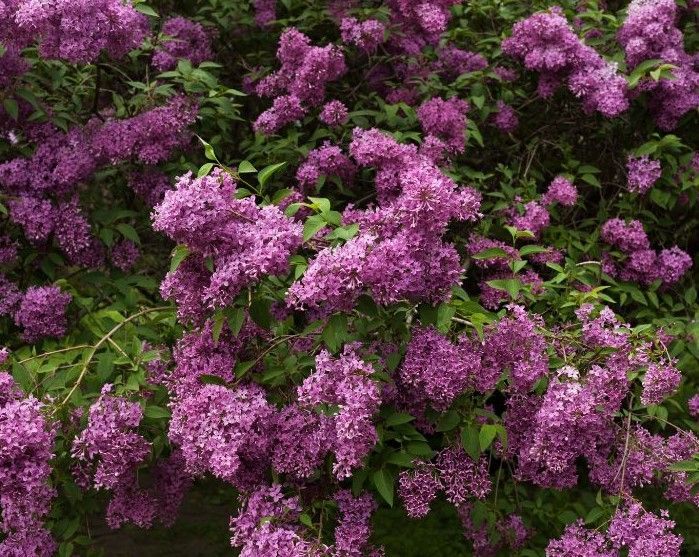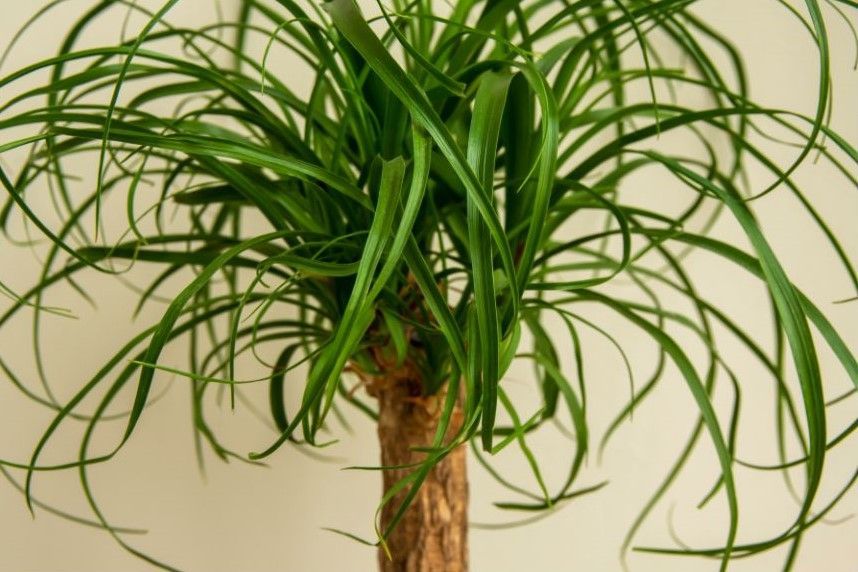How to Grow and Care for the Crabapple Tree
Within the large Malus genus, which also includes the species grown for large table apples, there are more than 30 species that feature smaller tart fruits and magnificent flowers. These are the flowering crabapples, of which there are many dozens of named cultivars. Crabapple trees are small to medium-sized deciduous trees that produce small, often sour, and bitter fruit. These trees are popular in landscaping and gardens for their beautiful spring blossoms and ornamental value.
Appearance and Growth:
Crabapple trees vary in size, with most reaching heights between 6 and 30 feet. Crabapple trees are normally planted from potted nursery specimens in the fall. They have a moderate growth rate of 12 to 24 inches per year, and a 5-gallon potted tree may take three to five years or even longer before it flowers heavily.
They have simple, alternate leaves with serrated edges and are often oval or elliptical in shape.
Crabapple trees are known for their colorful spring blossoms, which can range from white and pink to red and purple.
Fruit:
Crabapples are small, typically measuring less than 2 inches (5 centimeters) in diameter. They come in various colors, including green, yellow, orange, red, and purple.
While some crabapple varieties produce sweeter fruit suitable for eating fresh, many crabapples are tart and better suited for making jellies, jams, preserves and ciders.
Like all apples, crabapples have seeds with trace amounts of amygdalin, a substance that breaks down into cyanide. However, large numbers of seeds must be chewed and swallowed to have a serious impact. Since crabapples are generally sour and unpalatable to humans, there is little chance that many seeds will be digested.
Habitat:
Crabapple trees are hardy and adaptable, thriving in a range of soil types. Pick a spot with plenty of sun and a good distance away from other large trees. If you have other trees on your property, make sure the crabapple is not too shaded, as it needs at least six hours of sun a day to guarantee ample blossoming and fruiting.
When planting, be sure to add plenty of organic soil amendments to give your tree roots a good start. They tend to be drought-tolerant, but if the rainfall for your area is particularly low, give your tree a deep watering at the base of the tree, in the morning or evening once a week, to keep it healthy.
Within its hardiness range, a crabapple tree generally requires no winter protection, though you may want to shield the trunks of young trees with metal hardware cloth or fencing to prevent damage from rabbits or deer. Young trees can be susceptible to winter sunburn, and the trunks should be wrapped with a commercial-grade tree wrap for their first few years.
The ground beneath a crabapple should be raked clean of leaf and fruit debris before winter sets in, to prevent fungi and insect larvae from overwintering. A thin layer of well-decomposed manure applied in late fall will help enrich the soil for the following spring.
Proper care, including regular watering and pruning, is important for tree health and appearance.
Propagation:
While it is certainly possible to take softwood cuttings from your crabapple tree, root them, and grow them into trees, the resulting specimen may not have the hardiness or performance of the parent tree. The exception to this rule is if you happen to have a pure ungrafted crabapple species, such as Japanese crabapple or Siberian crabapple.
If you wish to try propagating your crabapple tree from cuttings, here's how to do it:
- During the early growing season, use sharp pruners to clip 8- to 12-inch cuttings from flexible green growth at the tip of the crabapple's branches.
- Strip off the lower leaves, then use a sharp knife to scrape off the bark on the bottom 3 inches of the cuttings.
- Dip the stripped end in rooting hormone, then plant each cutting in a pot filled with moist, coarse sand.
- Place the cutting in a loosely secured plastic bag to hold in moisture, then set the pot in a sunny location. Keep the cutting moist until roots form, which generally takes about 4 weeks. Check periodically to add moisture, if necessary.
- When roots have developed, remove the plastic bag and continue to grow the cutting in full sunlight. After another few weeks, you can transplant the sapling into a larger container filled with commercial potting soil.
- Continue growing the tree in the pot until it is large enough to transplant into the garden. A cutting started in spring should be ready to plant in the garden by fall.
How to Grow Flowering Crabapple from Seeds:
- Most named crabapple cultivars are grafted plants, propagating by seeds collected from the fruit usually does not produce a plant with the same hardiness and disease resistance as your parent tree.
- If you want to try growing them from seed, collect seeds from fruits that are fully ripened and dried. Plant the seeds in small pots filled with a mixture of commercial potting soil, peat moss, and perlite or vermiculite. Press the seeds down into the potting mix and cover them with a small covering of additional potting mix. Moisten the pots and set them in a right, warm spot. Cover the pots with a plastic cover. When the seeds germinate and sprout, remove the plastic cover and continue growing them, making sure the potting mix remains moist.
- When the seedlings are about 6 inches tall, transplant them into larger containers filled with commercial potting mix. Pinch back the tops to encourage side branching. When the seedlings reach a height of about 18 inches, they can be acclimated to outdoor conditions for a week or two, then planted outside.
Varieties:
There are numerous crabapple cultivars, each with unique characteristics, including flower color, fruit size, and growth habit. Some crabapple varieties are selected for their disease resistance.
- Louisa
- Molten Lava
- Prairiefire
- Ormiston Roy
- Schmidtcutleaf Golden Raindrops
Pollination:
Many crabapple varieties are self-fertile, but planting multiple trees or different varieties can enhance fruit production. Bees and other pollinators are essential for fruit set.
Harvesting:
Wait until the first frost before picking the crabapples to use in jellies or other recipes. But in most regions, it's safe to begin picking crabapples in mid to late September. You can check if the fruit is ready to be harvested by cutting open a couple. If the seeds are dark brown, rather than greening or white, then they are likely ready. The outer color of the fruit is also a good indicator—the ripe color will vary depending on the cultivar you select.
Pests and Diseases:
Crabapple trees can be susceptible to pests like aphids, scale insects, and spider mites.
Common diseases include apple scab and cedar apple rust.
Pruning:
Pruning crabapple trees helps maintain their shape, remove dead or diseased branches, and improve air circulation.
Never prune away more than about 20 percent of a tree's canopy in a single season; with a neglected tree, you should gradually prune it back into shape over the course of several years. Branches that are crossed, or heading in that direction, should be pruned away. The more sunlight that reaches into the center of the tree, the more blooms the tree will produce.
Pruning is typically done during the dormant season. Regular pruning and frequent evaluation for disease and pest problems are essential for growing a long-lived tree.
Ornamental Value:
Crabapple trees are prized for their spring blossoms, which can attract pollinators and provide a burst of color in the landscape.
Some crabapple varieties have colorful fall foliage and small, persistent fruit that adds winter interest.
Wildlife Attraction: - Crabapple trees are valuable for wildlife, providing food and habitat for birds, squirrels, and other animals. - The fruit can persist on the tree well into winter.
Crabapple trees are versatile and beautiful additions to landscapes, offering a variety of sizes, colors, and characteristics to suit different preferences. Whether for their spring blooms, fall foliage, or winter fruit, crabapple trees contribute to the beauty and biodiversity of gardens and outdoor spaces. Proper care and maintenance ensure healthy growth and continued ornamental value.
Check out the latest...








